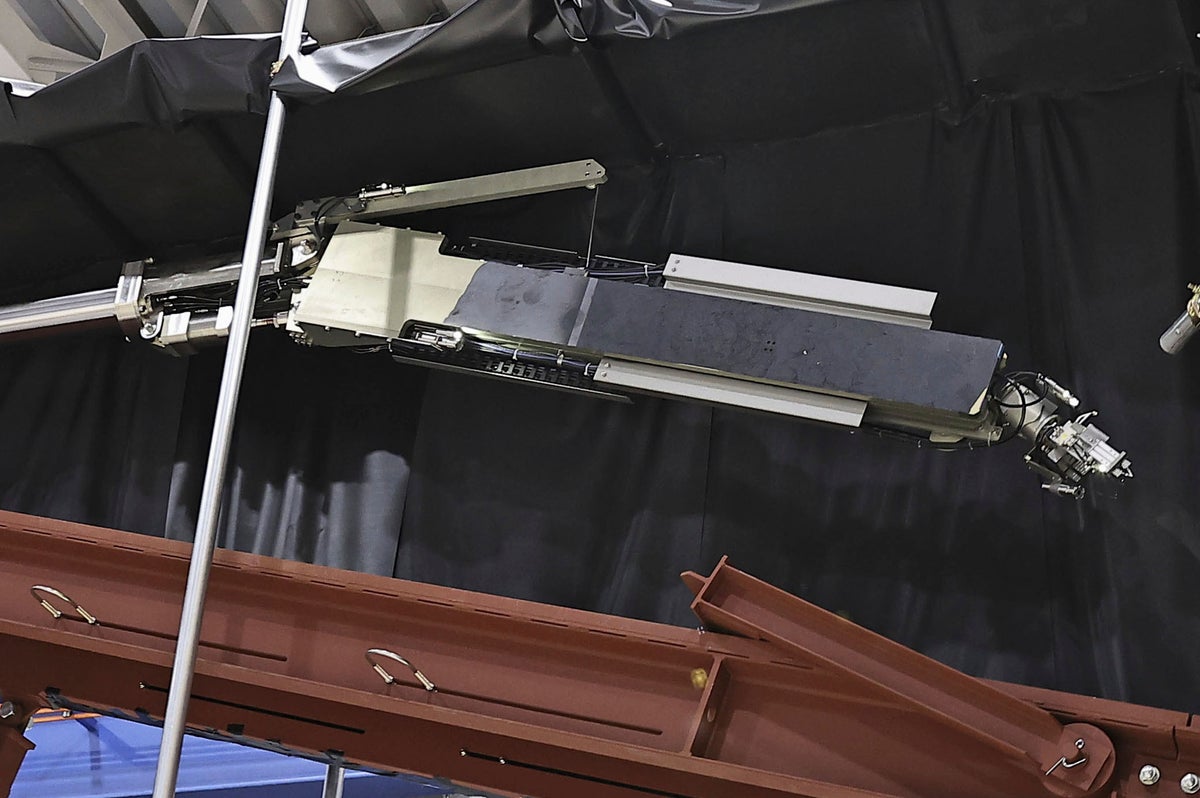
Your support helps us to tell the story
A robotic mission to retrieve a sample of melted radioactive debris from Fukushima Daiichi’s reactor resumed on Tuesday, marking a crucial step in the decades-long decommissioning process.
The “pilot extraction operation” has started, said Tokyo Electric Power Company (Tepco) in a statement.
A 9.0 magnitude quake and tsunami ravaged parts of Japan’s northeastern coast on 11 March 2011, killing about 20,000 people. When the tsunami struck, three of the six reactors at the Fukushima plant were active, causing them to melt down. The resulting debris is extremely radioactive, requiring Tepco to create special robots that can withstand the high levels of radiation.
The extendable robot, nicknamed “telesco”, aims to collect a tiny fragment of the spent fuel debris, estimated to be around 880 tonnes, to inform future cleanup methods.
The operation, initially delayed due to a technical issue, involves inserting the robot into the damaged reactor to collect a sample using a device equipped with tongs.
The mission, resuming after three weeks, is expected to last around 14 days, with the robot operating remotely.
The mission to collect a sample from the plant was supposed to start on 22 August, but it was delayed after workers found that the pipes used to guide the robot were in the wrong order and couldn’t be fixed in time.
Telesco is designed to collect a piece of melted fuel from inside of the Unit 2 damaged reactor. It can extend up to 22m to reach the target area.
The mix-up, which Tepco called a “basic mistake”, triggered disappointment and raised concerns from officials and local residents. Industry minister Ken Saito ordered Tepco president Tomoaki Kobayakawa to conduct a thorough investigation of the cause and preventive steps before resuming the mission, stating, “we must ensure that such a basic mistake does not happen again”.
The pipes were brought into the reactor building in July, but nobody checked them until the problem was discovered. The president of the plant’s operator, Tepco, admitted that the mistake was due to a lack of attention and communication between workers.
The goal of the operation is to bring back less than 3g of fatally radioactive fuel that remain in three reactors.
Experts highlight the significance of this operation, as the retrieved sample will provide vital data for developing future decommissioning methods and necessary technology. “This sample will help us understand the condition of the melted fuel and how to remove it safely,” said a nuclear expert.
However, critics argue that the 30 to 40-year cleanup target set by the government and Tepco is unrealistic, with no specific plans for the full removal and storage of the melted fuel debris. “The lack of a clear plan and timeline raises concerns about the project’s feasibility,” said a local resident.
Additional reporting from agencies







